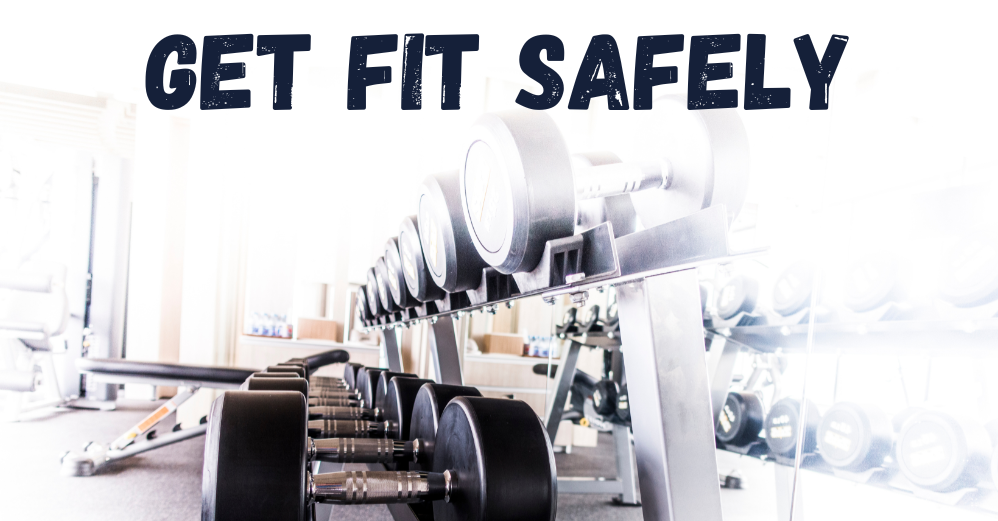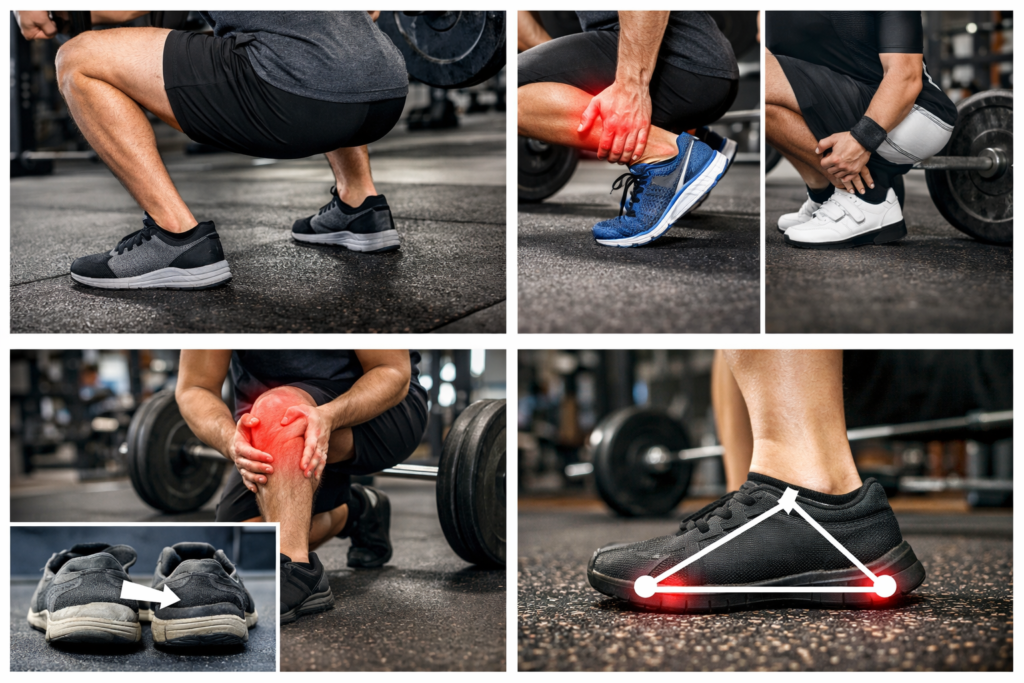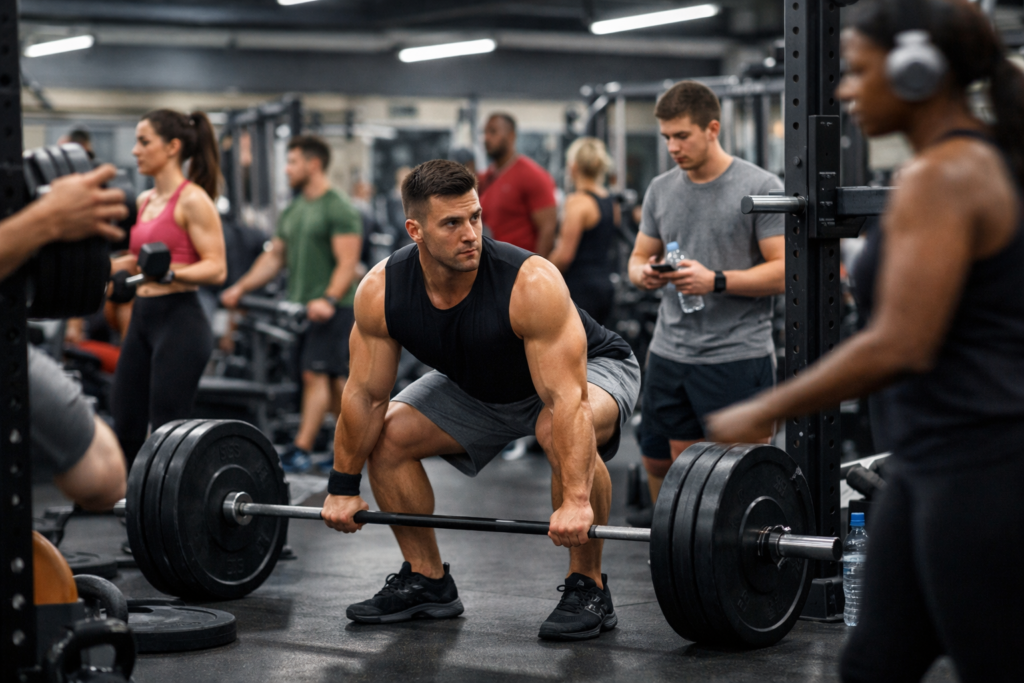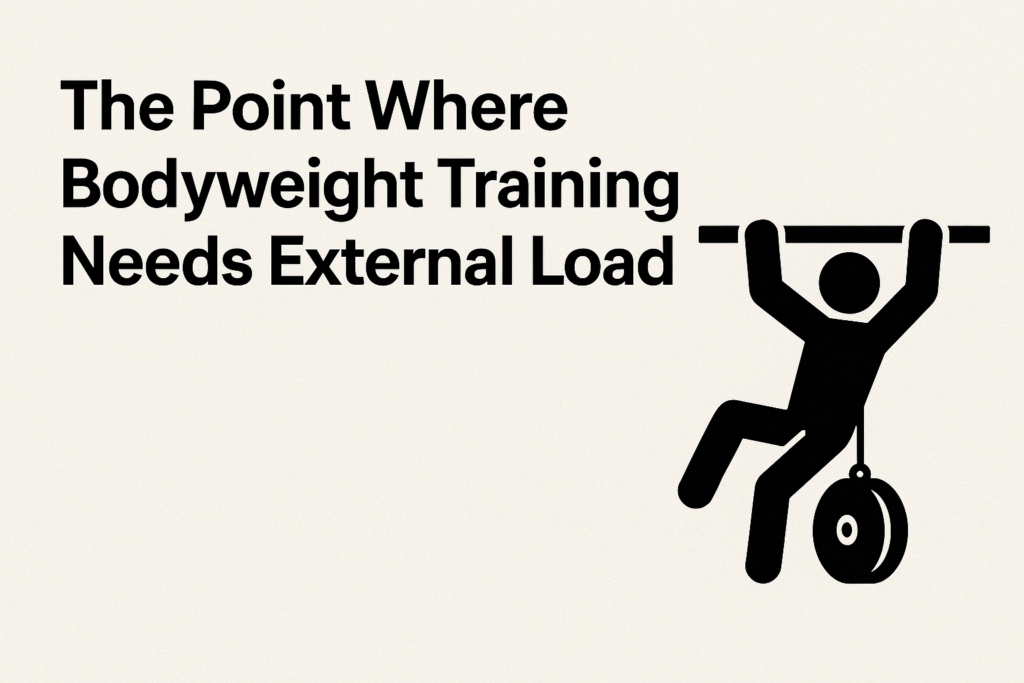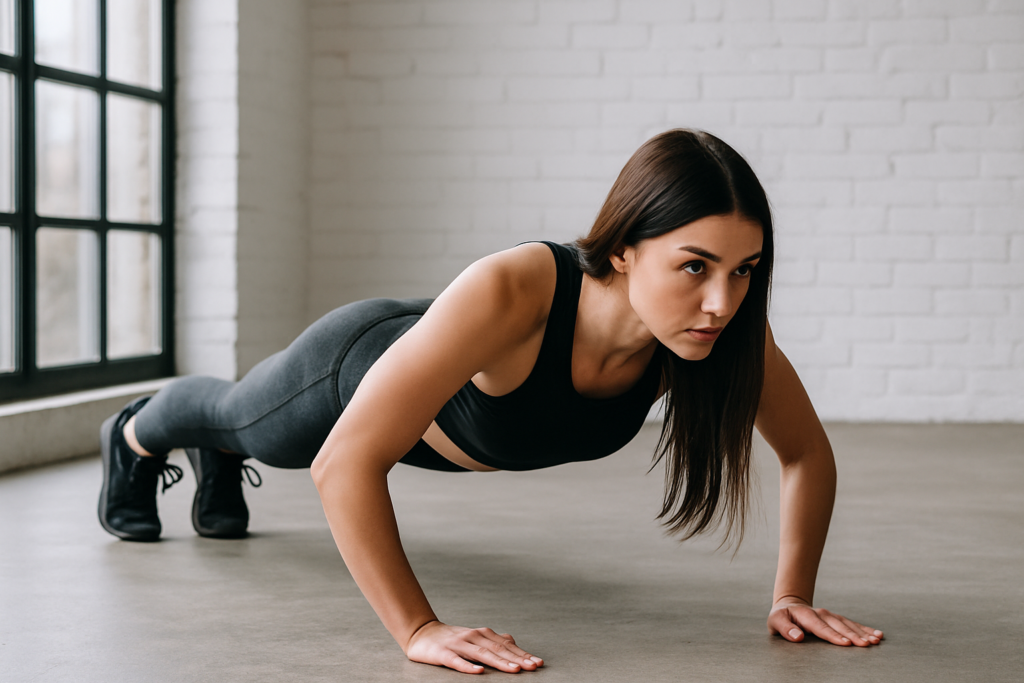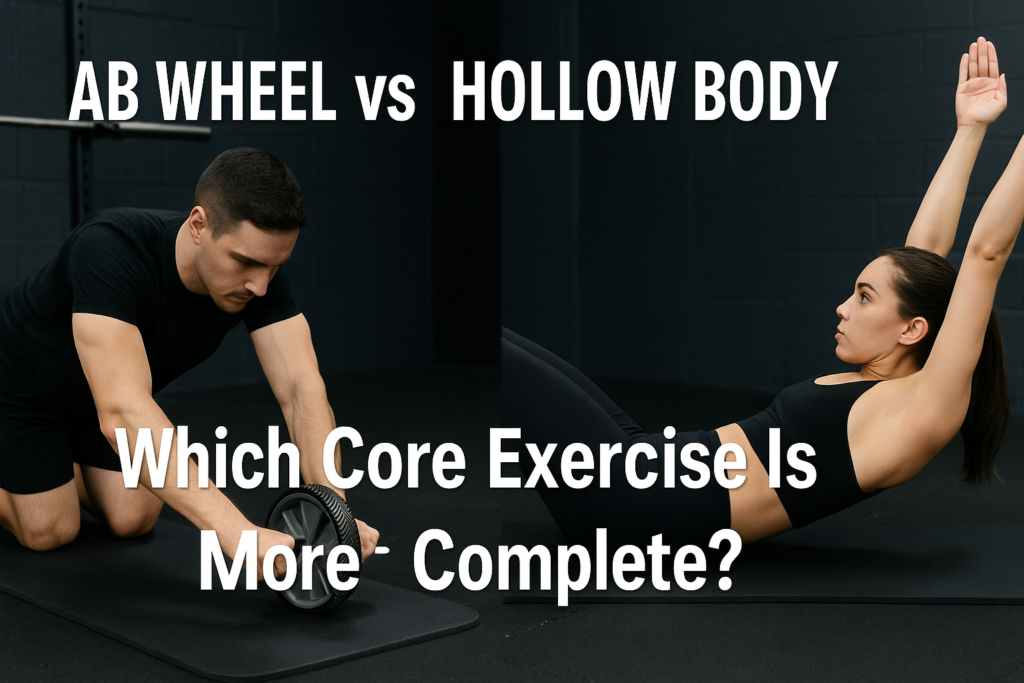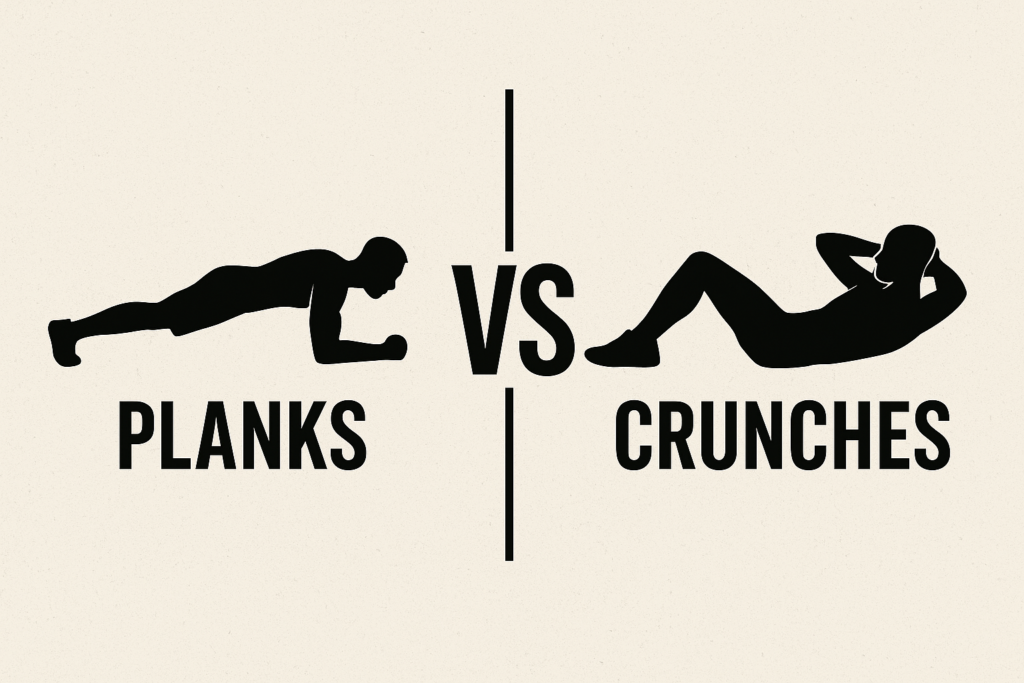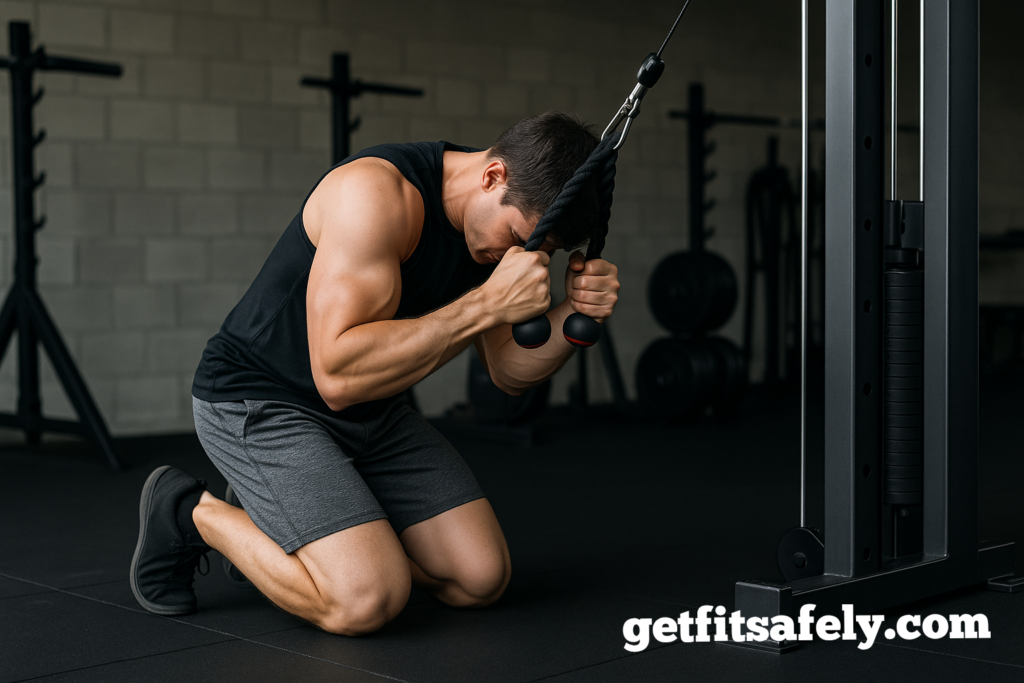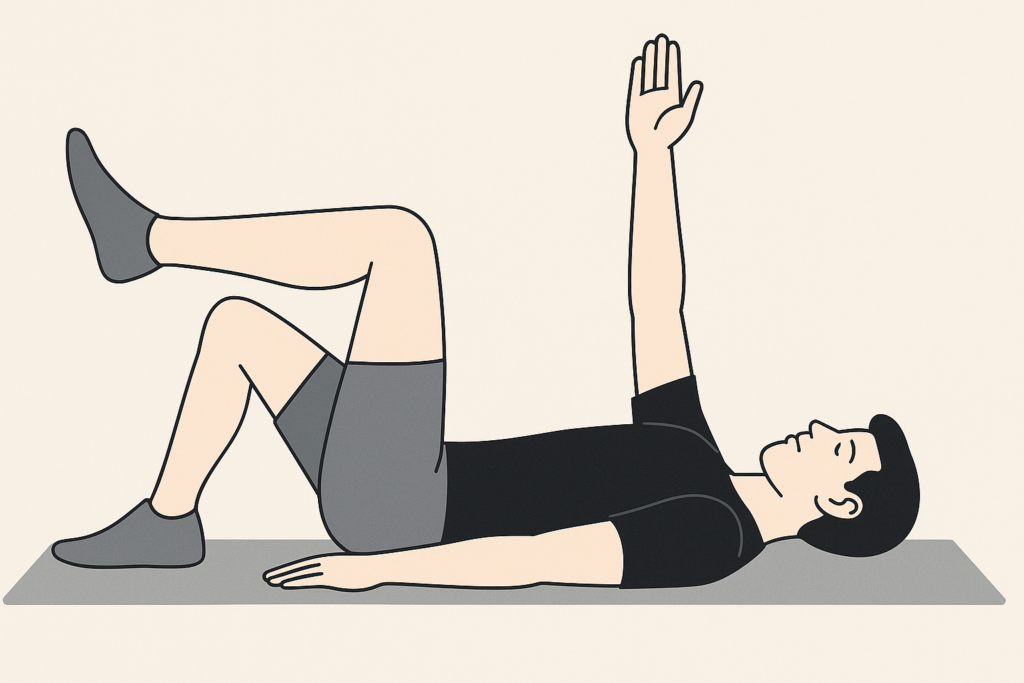Is Inadequate Gym Lighting Putting Your Form, Balance, and Joints at Risk?
Walking into a gym with dim lighting can feel “cool.” Like a nightclub, but with more grunting and fewer cocktails. A lot of gyms do it for vibe, ambiance, and that dramatic shadow-on-the-biceps effect. The problem is that your joints do not care about ambiance. They care about alignment, stability, and whether you just stepped […]
Is Inadequate Gym Lighting Putting Your Form, Balance, and Joints at Risk? Read More »

